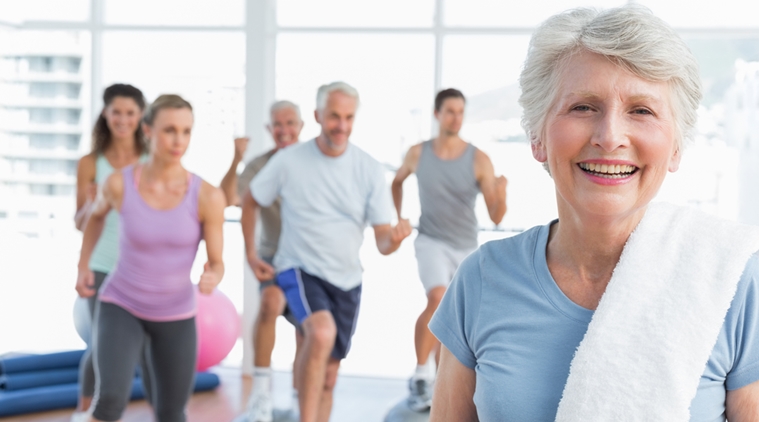
Treatment
OA doesn’t have a cure. Instead, the goal of treatment is to manage pain and then reduce contributing causes that make symptoms of OA worse. The first step in treating OA is to decrease pain. This is often done with a combination of medications, exercise, and physical therapy.
Treatment for OA is often tailored to a person’s lifestyle and what triggers pain and soreness. A range of treatment options is available. These include:
- Medication
Over-the-counter (OTC) pain relievers are usually all people with OA need to treat pain. Examples include nonsteroidal anti-inflammatory drugs (NSAIDs) — such as aspirin (Bufferin) and ibuprofen (Advil, Motrin IB) — or acetaminophen (Tylenol).
However, if the pain becomes worse or OTC medications aren’t effective, stronger pain medication may be needed.
- Injections
Corticosteroid and hyaluronic acid injections can help reduce pain in affected joints. However, steroid injections typically aren’t used repetitively because they can cause additional joint damage over time. Hyaluronic acid injections are only approved for the knee. Other injections such as PRP (plasma rich protein) and stem cell injections are being used on an experimental basis.
- Surgery
Surgery is typically reserved for people who have severe and debilitating OA.
Osteotomy is a removal procedure that can reduce the size of bone spurs if they’re interfering with joint movement. Osteotomy is also a less invasive option for people who want to avoid joint replacement surgery.
If osteotomy isn’t an option or doesn’t work, your doctor may recommend bone fusion (arthrodesis) to treat severely deteriorated joints. Arthrodesis of the hip or knee is rarely done anymore, but it may be performed on other joints such as fingers or wrists.
For the hip and knee joints, the last resort is a total joint replacement (arthroplasty).
Lifestyle and at-home treatments
To help manage your pain and reduce your symptoms, you might want to try some lifestyle adjustments to make things easier on your joints and bones. These adjustments can improve function as well as your quality of life. Options include:
- Exercise
Low-impact exercise can help strengthen muscles and keep bones strong. Exercise also improves joint mobility.
Forgo heavy-impact exercises, such as tennis and baseball, and begin doing more low-impact exercises. Golfing, swimming, yoga, and cycling are all easier on the joints.
- Heat/cold therapy
Apply warm compresses or cold packs to joints when they are sore or painful. This can help relieve pain and reduce inflammation.
- Assistive devices
Using devices such as braces, splints, and canes can help your body support weak joints.
- Rest
Giving painful, sore joints adequate rest can relieve pain and reduce swelling.
- Weight loss
Losing as little as 5 pounds can help decrease the symptoms of OA, especially in large joints like the hips and knees.
Outlook
It’s normal that as you age you’ll experience some soreness and aching in your joints — especially when you stand, climb stairs or exercise. And it’s possible that over time, degeneration of cartilage can lead to inflammation and OA.
However, there are both medical treatments and lifestyle changes you can make to reduce pain and manage other symptoms. If you have OA, talk with a doctor and explore your treatment options.
Precision Pain Care and Rehabilitation has two convenient locations in the Richmond Hill – Queens and New Hyde Park – Long Island. Call the Richmond Hill office at (718) 215-1888, or (516) 419-4480 for Long Island office, to arrange an appointment with our Interventional Pain Management Specialist, Dr. Jeffrey Chacko.













